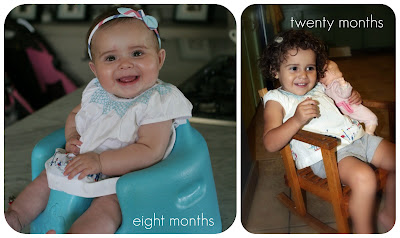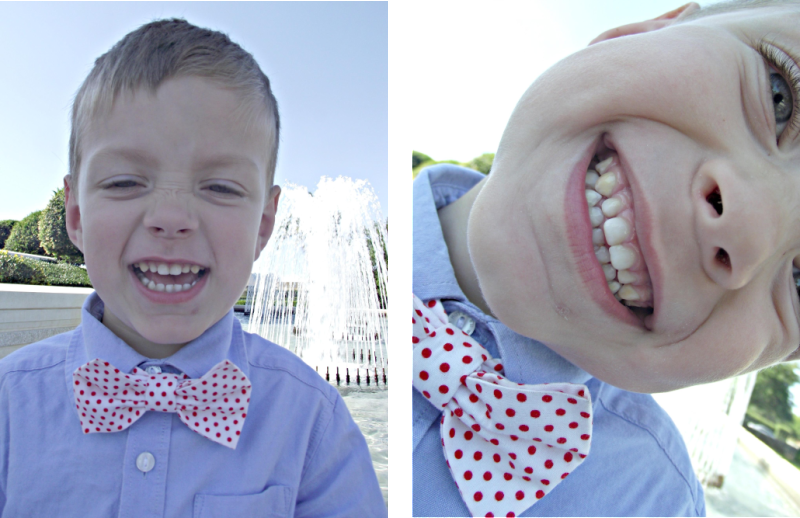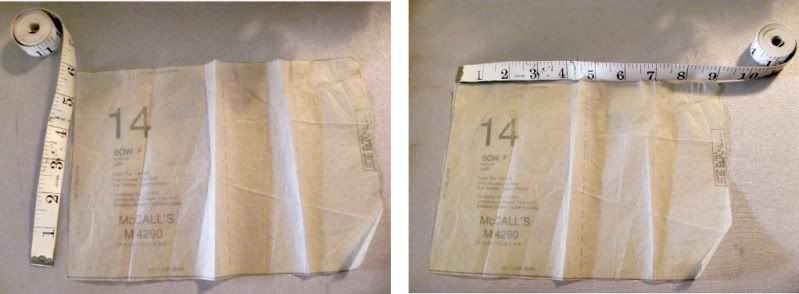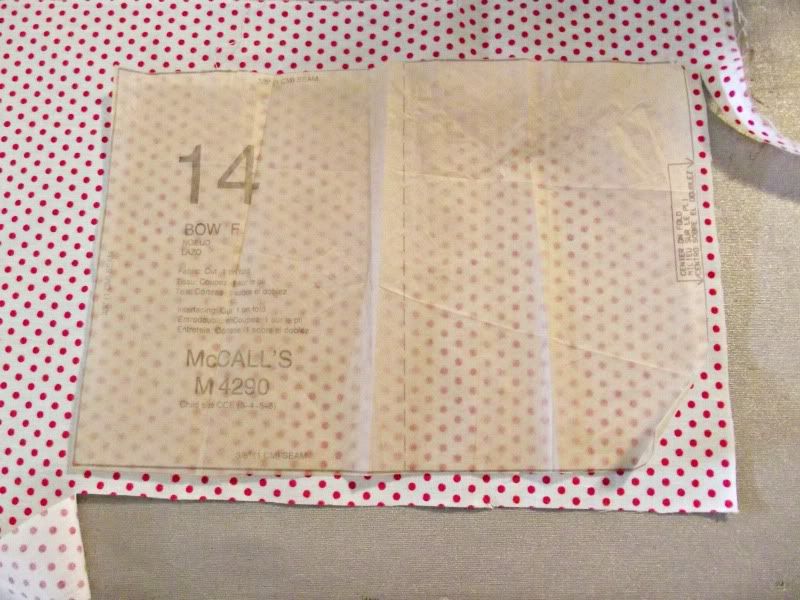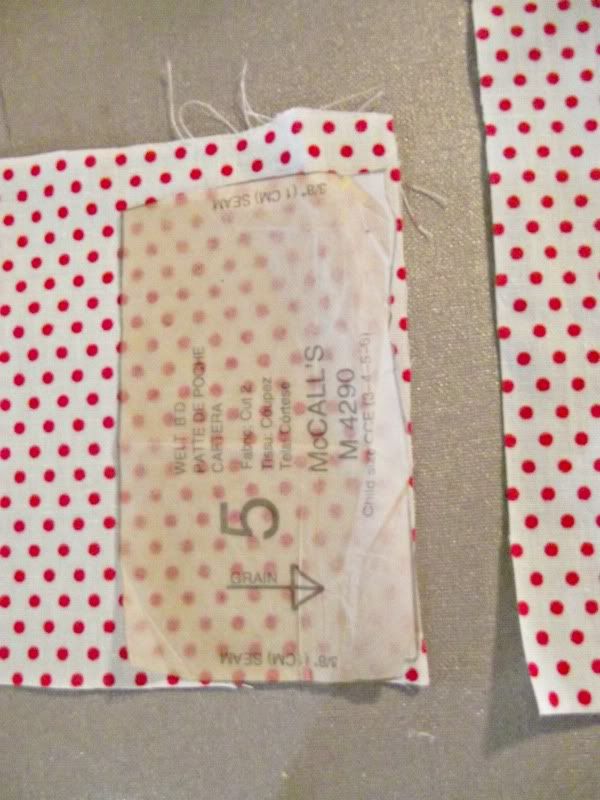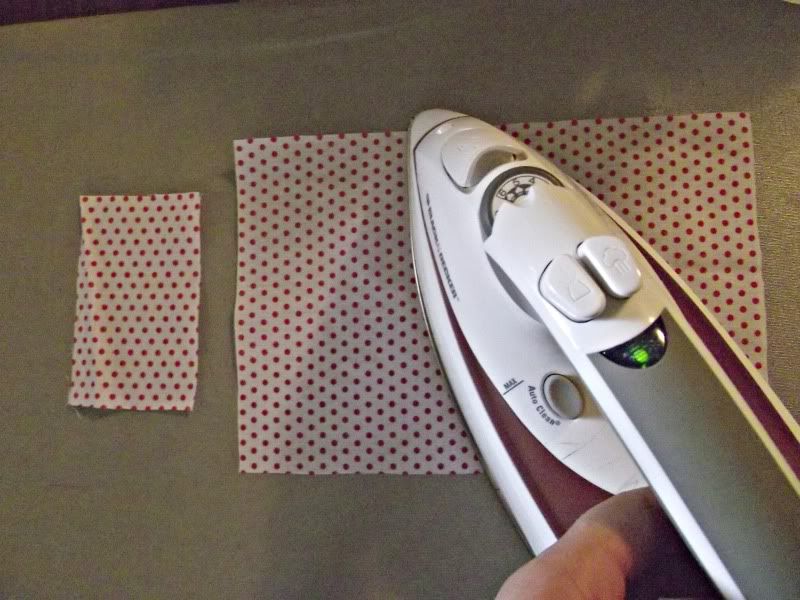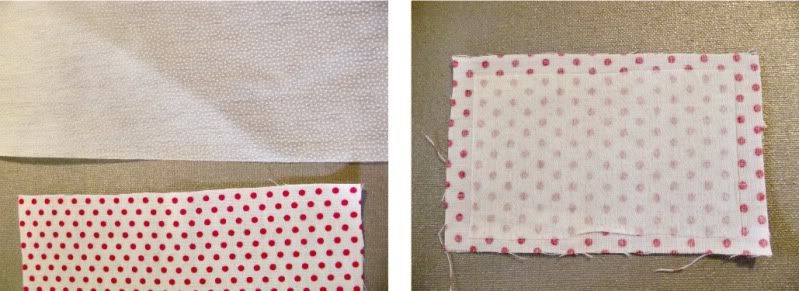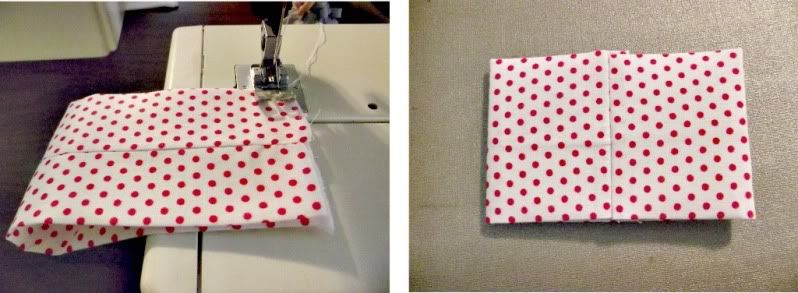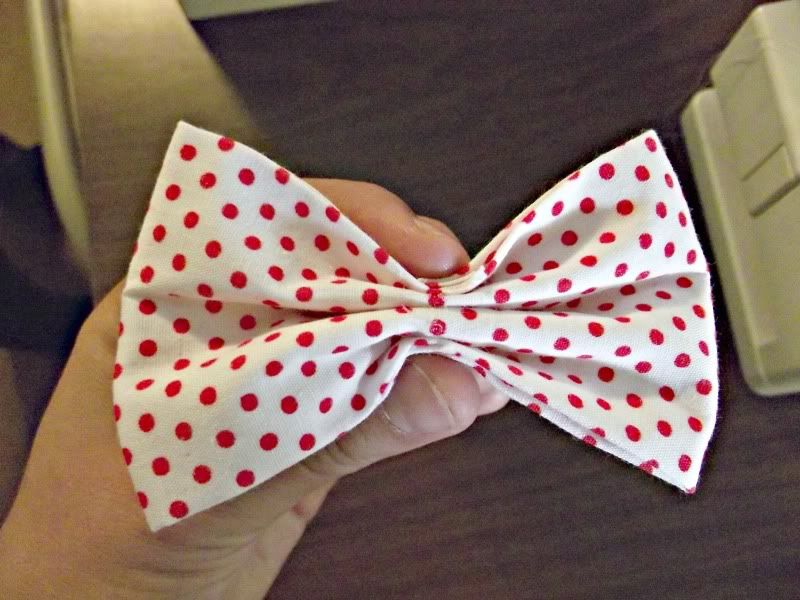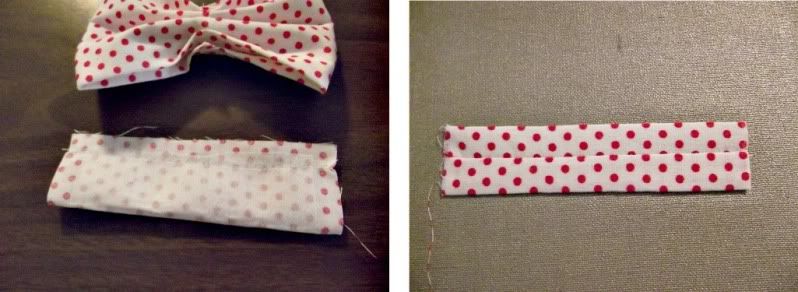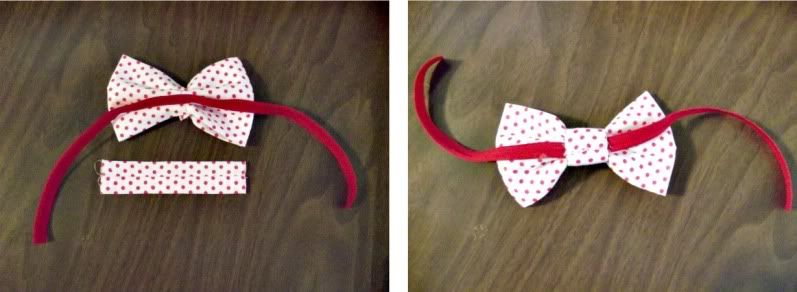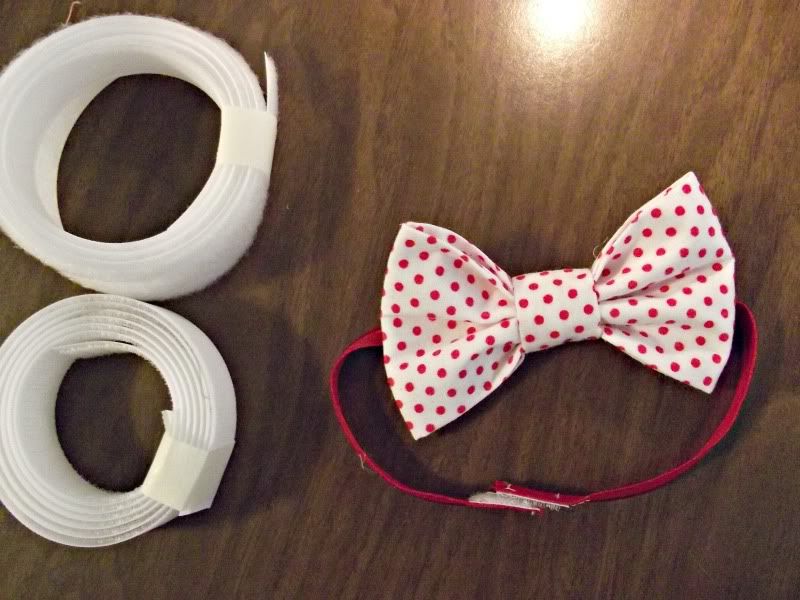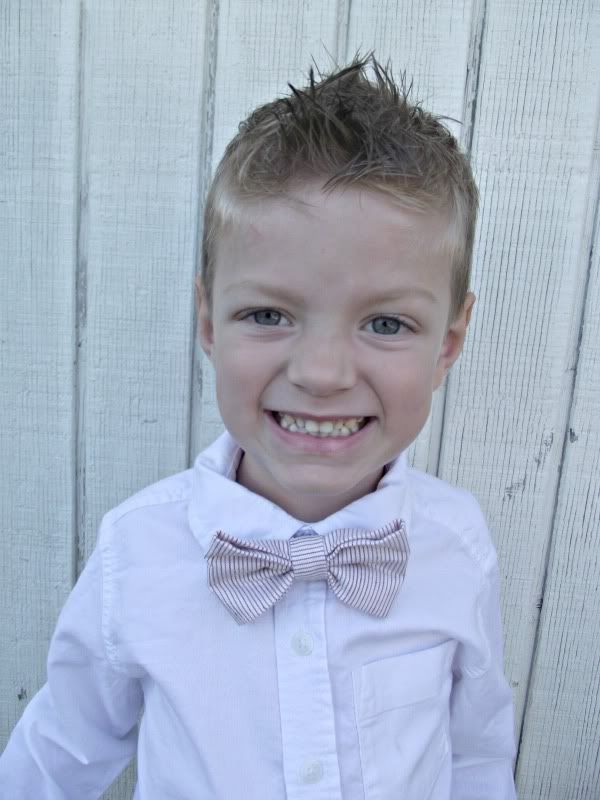5 Steps to Extending the Life of Clothe-lettes
Proceed with me to your retributed reward…
Step I) Buy High Caliber Clothes
You may erroneously assume that investing in dandies for your dickens is equivalent to stocking your wipey case with George’s minted profile. But you are wrong (hence erroneous). And I will methodically address each of your arguments.
- Small people grow big too quickly
Better clothes include self-adjusting details. Multiple button homes on elastic waistbands or shoulder straps allow clothing to be purchased roomy and worn from season dawn to season set, if not the next season go-round as well. - Minors major in clothing destruction Better clothes are made of better fabrics. Tighter weaves proffer stain resistance, larger seam allowances protect against dropped hems, scientifically smartish blends stretch then rebound. Give the fabric a tug, without compromising comfort you want a taut response. A dense weave locks out potential stains. Check the garment’s innards, the seam allowances should be generous and reinforced. Hems should never look malnourished. Inventory the tag, if it’s intended to stretch (ie a pull-on t-shirt) it should include a touch of spandex or lycra or similar. Plain cotton will stretch, but it won’t rebound, and Flashdance fashion should never be forced on juveniles.
- Better clothes cost too much. Quality is not measured in the number of digits on it’s retail tag. Buy the best quality you can afford at the lowest price you can find. Filter through end of season clearance racks at the stores you wish you could shop at…and you probably can. Buy for next season, then catalog it away until it is time to wear. Check thrift and second hand shops, if they made it for a second go round, it may last longer than brand new disposable clothing. Always, always, consider cost per wear
Step II) Dress for the Occasion
My babies dine in diapers. Their petal soft skin is far easier to polish clean than their clothes are. While this technique may not be appropriate for your ten-year-old, prepare ensembles for activities with clothing pollution potential. Make smocks, aprons, or pre-stained items available for painting, grass rolling, cooking, etc.
Step III) Refashion Outgrowths
Cut back on giant arm syndrome by rolling the sleeves. Layer a thin cotton underneath. Make what you already have work. Winter’s wool trouser may blossom into wee tween short pants. A-line dresses make natural tunics and what was originally donned as this year’s denim skinnies may evolve into summer capris and can even be selected for boot tucking next winter. Evaluate how you can refashion what you already have before you buy your next season of inventory.
Step IV) Cross-Dress
This button-up was intended for Baby Boyfriend’s fall collection, but while we waited for him to sprout a few lb’s and “‘s, sister enjoyed it for a few summer frolics. If there’s little chance of it wearing out, buy it in a gender neutral color. White onesies and socks know no gender boundary.
Step V) Wash Less, Quickly
If you want to obliterate the Winnie-The-Pooh coveralls that Grandma gifted your darling, wash them. Wash them every time you pass a dirty look at them, because washing is the fastest way to break fibers down.
Conversely, the fewer times you have to wash an item, the longer it will live. Step two’s occasional dressing will aid your wash resistance and so will the liberal wielding of your wipey case. Wipeys aren’t just for diaper debris. Those and their wet rag cousins can remove all kinds of unset stains. Address baby spits, toddler dribbles, and the like as soon as they land.
In short, if it isn’t stinky or soiled, put it back in the drawer. If it is dirty, treat it as soon as possible. If you don’t have a load to launder at hand, apply stain remover and a quick warm water soak to ensure the stain doesn’t set. When you’re ready to wash, use a quality detergent to support clothing longevity. If your detergent is efficacious in one wash, you’ve saved yourself at least another wear.
And I’m not done thanking you, next post I’ll address how to dress your tween.





